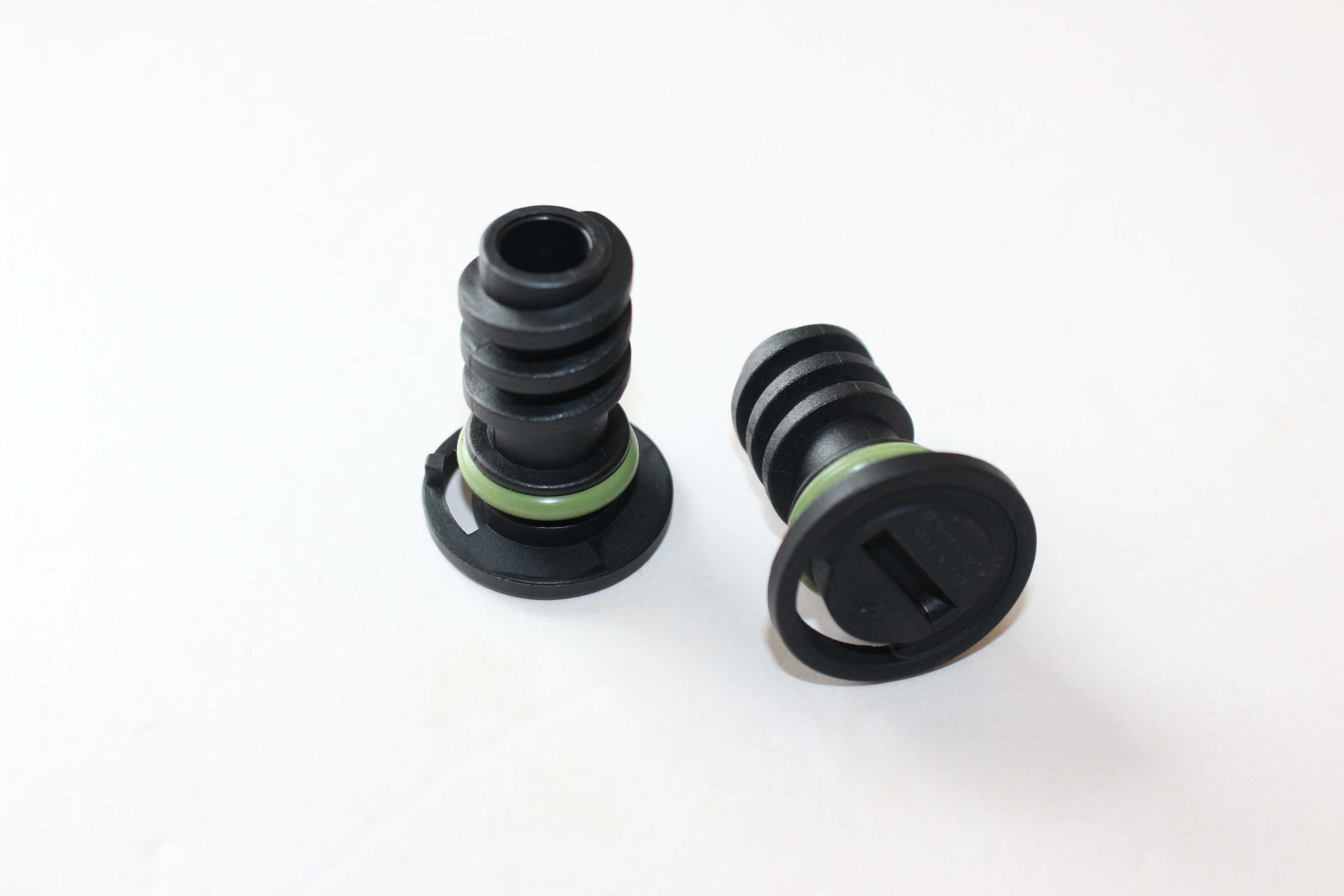Flat Round Rubber Seals for Enhanced Performance and Durability in Various Applications
The Advantages of Flat Round Rubber Seals An Essential Component in Various Industries
Flat round rubber seals, though often overlooked, play a crucial role in numerous applications across a variety of industries. These seals are designed to prevent the escape of fluids and gases, ensuring the integrity of mechanical systems. Their effectiveness, versatility, and durability make them a preferred choice for engineers and manufacturers alike.
Understanding the Composition and Design
Flat round rubber seals are typically made from elastomers, which are rubber-like materials. This composition allows them to maintain their shape and functionality under various temperature and pressure conditions. Common materials used for these seals include Nitrile, EPDM, and Neoprene, each offering specific benefits tailored to different environments. For instance, Nitrile rubber is excellent for oil resistance, making it ideal for automotive applications, while EPDM is favored for outdoor use due to its superior weather and ozone resistance.
The design of flat round rubber seals is straightforward yet highly effective. The flat surface allows for even distribution of pressure when compressed between two surfaces, creating a tight barrier that prevents leaks. Their round shape facilitates a consistent seal in circular fittings, which are ubiquitous in mechanical systems.
Applications Across Industries
The applications of flat round rubber seals are extensive. In the automotive industry, they are essential for maintaining the integrity of engines and preventing oil and coolant leaks. Gaskets and seals are critical components in engines, transmission systems, and various automotive assemblies. They ensure that all fluids remain contained, thus preventing costly damage and enhancing vehicle longevity.
In the HVAC (Heating, Ventilation, and Air Conditioning) sector, flat round rubber seals are used to ensure airtight connections in ductwork and between different components of HVAC systems. This not only improves efficiency but also enhances indoor air quality by preventing the ingress of unconditioned air and pollutants.
flat round rubber seals

Moreover, in the food and beverage industry, these seals are crucial for equipment safety and sanitation. They are commonly used in mixing tanks, bottling machines, and packaging equipment, providing a reliable barrier against contaminants while adhering to strict hygiene standards.
Advantages of Using Flat Round Rubber Seals
The benefits of flat round rubber seals are manifold. Firstly, their ability to maintain a tight seal under compression allows them to effectively prevent leaks and withstand different pressures. This property is invaluable in applications where fluid retention and gas containment are critical.
Secondly, their resilience to environmental factors such as temperature fluctuations, ozone exposure, and chemicals ensures their longevity and reduces the need for frequent replacements. This not only saves costs but also minimizes downtime in manufacturing and operational processes.
Additionally, flat round rubber seals are relatively easy to install and replace. This simplicity contributes to efficient maintenance practices, enabling companies to keep their equipment running smoothly without extensive training or specialized tools.
Conclusion
In conclusion, flat round rubber seals are a fundamental component in various sectors, including automotive, HVAC, and food processing industries. Their robust design, made from effective elastomers, ensures optimal performance, leak prevention, and maintenance of system integrity. As technology advances, the demand for these seals will continue to grow, spurring innovations in materials and applications. Understanding their significance not only highlights their utility but also fosters appreciation for the engineering solutions that keep modern machinery and systems functioning effectively. Whether in a bustling factory or within the confines of a vehicle, flat round rubber seals are indeed unsung heroes playing an essential role in the smooth operation of countless systems.
-
Understanding the Front Main Engine Seal: Purpose, Maintenance, and Installation
News Jul.29,2025
-
Understanding O-Rings and Seal Rings: Types, Applications, and Custom Solutions
News Jul.29,2025
-
Understanding Crankshaft Oil Seals: Rear Seals, Pulley Seals, and Their Role in Engine Integrity
News Jul.29,2025
-
The Importance of Front and Rear Crankshaft Seals in Engine Performance and Oil Management
News Jul.29,2025
-
Crank Oil Seals: Functions, Types, and Cost Considerations in Engine Maintenance
News Jul.29,2025
-
A Comprehensive Guide to O-Rings and Seals: Types, Materials, and Global Applications
News Jul.29,2025
-
Mastering Diesel and Performance Engine Maintenance: A Guide to Critical Oil Gaskets
News Jul.28,2025
Products categories















